Lithium Battery Informations and Warnings.
THIS IS AN AUTOMATIC TRANSLATION
- Avoid deep discharge - as a rule, do not use the last 10% of the battery if it can be avoided and always immediately recharge to at least 40-80%.
- Storage in a dry environment and protection from direct permanent sunlight and other hot springs
- If possible, disconnect the battery from the device if it is stored for a longer period of time and check the charging status sporadically! Some and especially older batteries can often no longer maintain their state of charge for longer periods and have to be recharged every 1-2 weeks - not so with high-quality new cell networks; here the tension often remains stable for 1-2 years.
Lithium batteries are considered as very safe today and can only be marketed as tested, electronically monitored (BMS = battery management system) and certified cells & batteries (UN 38.3 test), even though mechanical shifts (soldering or cable breakage by massive shocks), faulty or incorrect chargers or incorrect treatment my lead to smoldering heat developement (especially during charging).Therefore, we following communicate the most important handling requirements.
Lithium batteries are sensitive technical power sources with high energy density and hazardous substances. Therefore, lithium batteries are dangerous goods and may be transported in the commercial area only with dangerous goods declaration. Defective and damaged lithium batteries may only be transported with special transports.
Treat lithium battery as carefully as a vase or a petrol tank; Protect the battery from falls and external influences. SHOULD THE BATTERY APPEARANCE OR CASE DAMAGE, the battery must be inspected by the specialist dealer.
ONLY STORE & CHARGE THE BATTERY AT NORMAL TEMPERATURES!
Ideal storage at 15 degrees; Staked out from the vehicle and only 50 - 80% loaded on long storage (a full Lithimbattery is under stress and therefore chemistry would sooner age).
If the battery can not be disconnected from the vehicle, it must be monitored and recharged if necessary, if the charging level drops over the weeks.
AVOID EXTREME TEMPERATURES! During the trip, a battery heats itself, but if a battery is frozen or hot, then the performance drastically decreases. Therefore, the batteries should be taken out and acclimatized at extreme outside temperatures before and after use.
Do not store or park batteries below 40% charge level for a longer period of time in sub-zero temperatures! Allow the vehicle to acclimatise before charging at temperatures above zero.
Charge only at degrees of plus (10 to 30 degrees battery temperature). If the battery is undercooled or overheated, allow the battery to be regenerated at minus 20 ° C or overheat at least 20 minutes before recharging.
The charging process should only be carried out under supervision or at least next to a fire detector (at least near a smoke detector) to be able to react immediately in case of faulty developments during the charging process (smoke development, etc.). In the case of overreaction / smoke immediately stop the charging and put the battery or the vehicle outside and save the invironment around the battery that the smoldering fire can not expand. Call fire service.
The charger is hot during charging and must therefore be in a ventilated place when it loads! Keep the charger away from moisture and water!
In the unlikely event of a break-up of the battery cells contained in the housing and the leakage of battery contents, the fire brigade is to be switched on. There is a risk of fire and explosion: Avoid contact with battery contents, causing serious damage to eyes, skin and lungs.
The battery must never be unloaded as it is otherwise damaged! Always recharge after every use and always store in a partially or fully loaded state, stowed away from the vehicle in a properly controlled place! Lithium batteries have little self-discharge during storage and can therefore be stored for months when they are removed from the vehicle (avoiding leakage currents). Always remove the charger from the battery when the charger is disconnected from the mains because here also leakage currents could bring the battery into the deep discharge.
(The idea with a timer on the charger to charge the battery frequently leads to completely broken batteries as some chargers in the off-state without mains power the battery deep discharge)
Always keep to the charging instructions and never let the battery get hot in the sun, etc. Do not store the lithium battery in the heat. Trunk of a car in strong sunshine etc.
Temperatures above 40 degrees will damage the battery - temperatures above 200 degrees can cause the battery to get dangerous reactions! This is also recommended for Mobilebatteries etc.
ONLY LOAD WITH ORIGINALLY ADDED CHARGER! Overcharging can lead to overheating, defects and gas burnout!
NEVER USE CHARGERS THAT DO NOT FIT TO THE CELLS !
PROTECT THE BATTERY FROM WATER TO GET INTO THE BATTERY HOUSING! THIS MIGHT CAUSE AN IRREPARABLE FAILURE! STEAM JUMPER, HIGH PRESSURE CLEANER & EXTERNAL FASTENING ON BICYCLE CAR TRUNKS (in rain) IS OFT DESTRUCTIBLE FOR THE BATTERY!

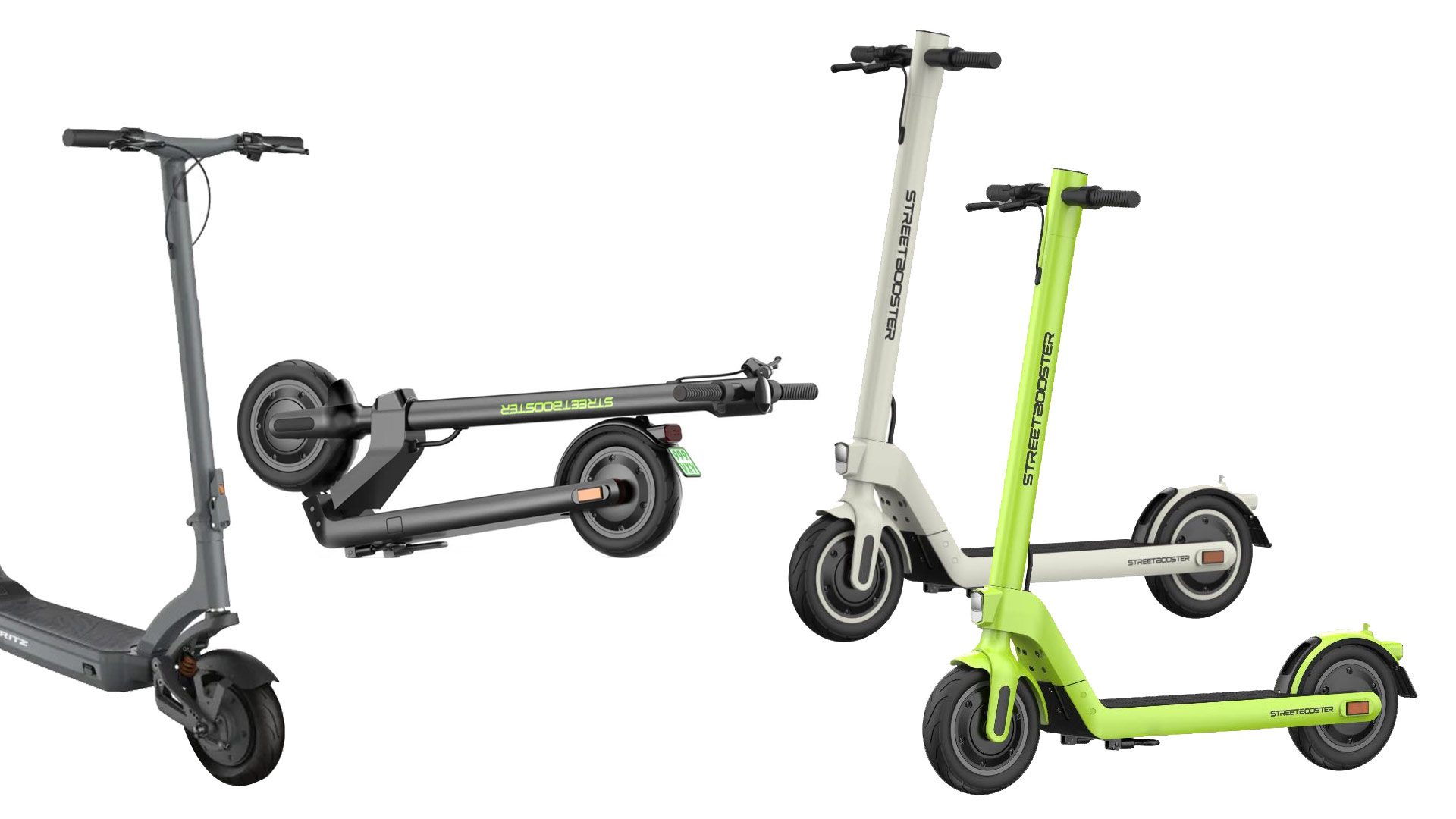
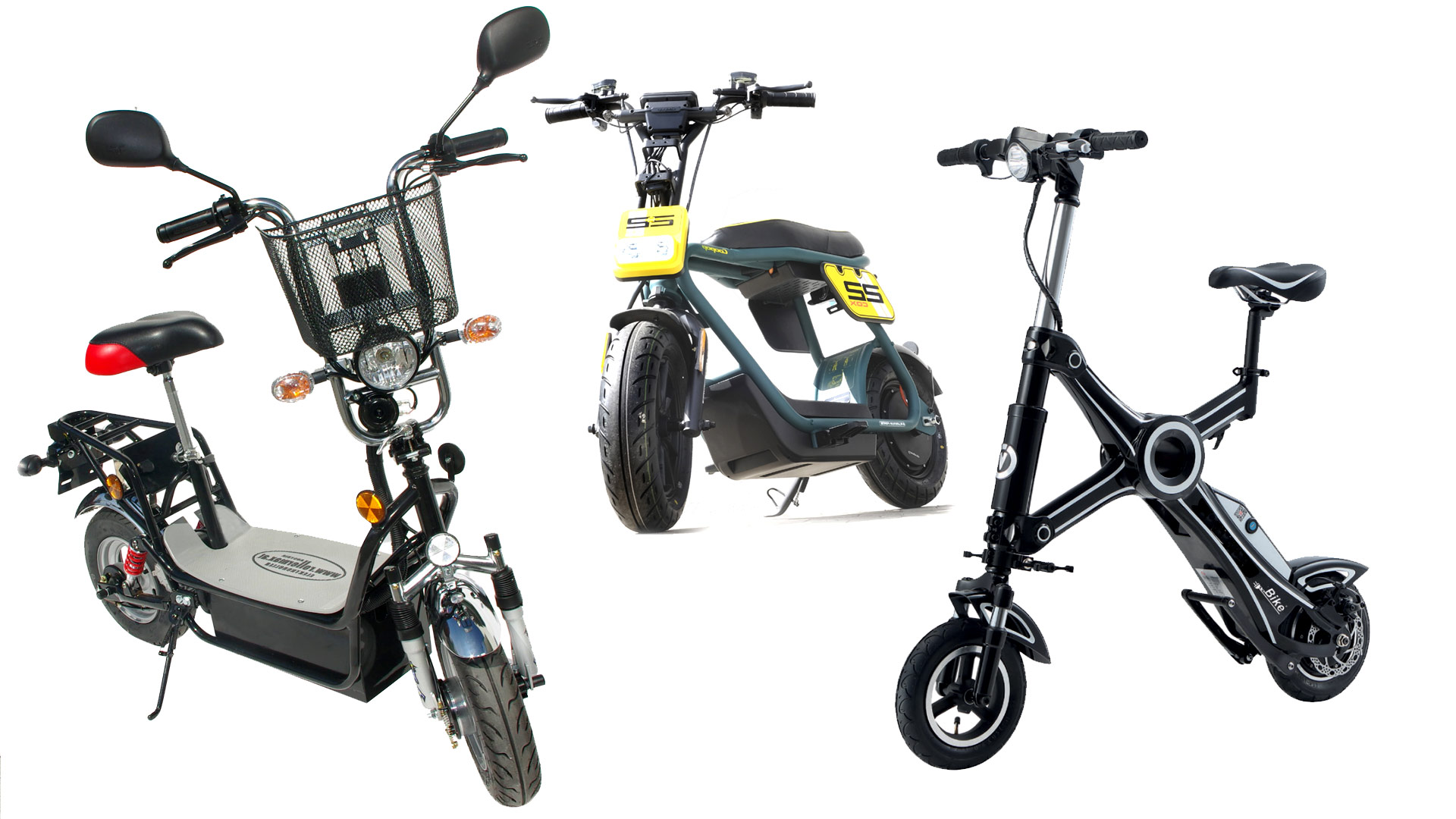
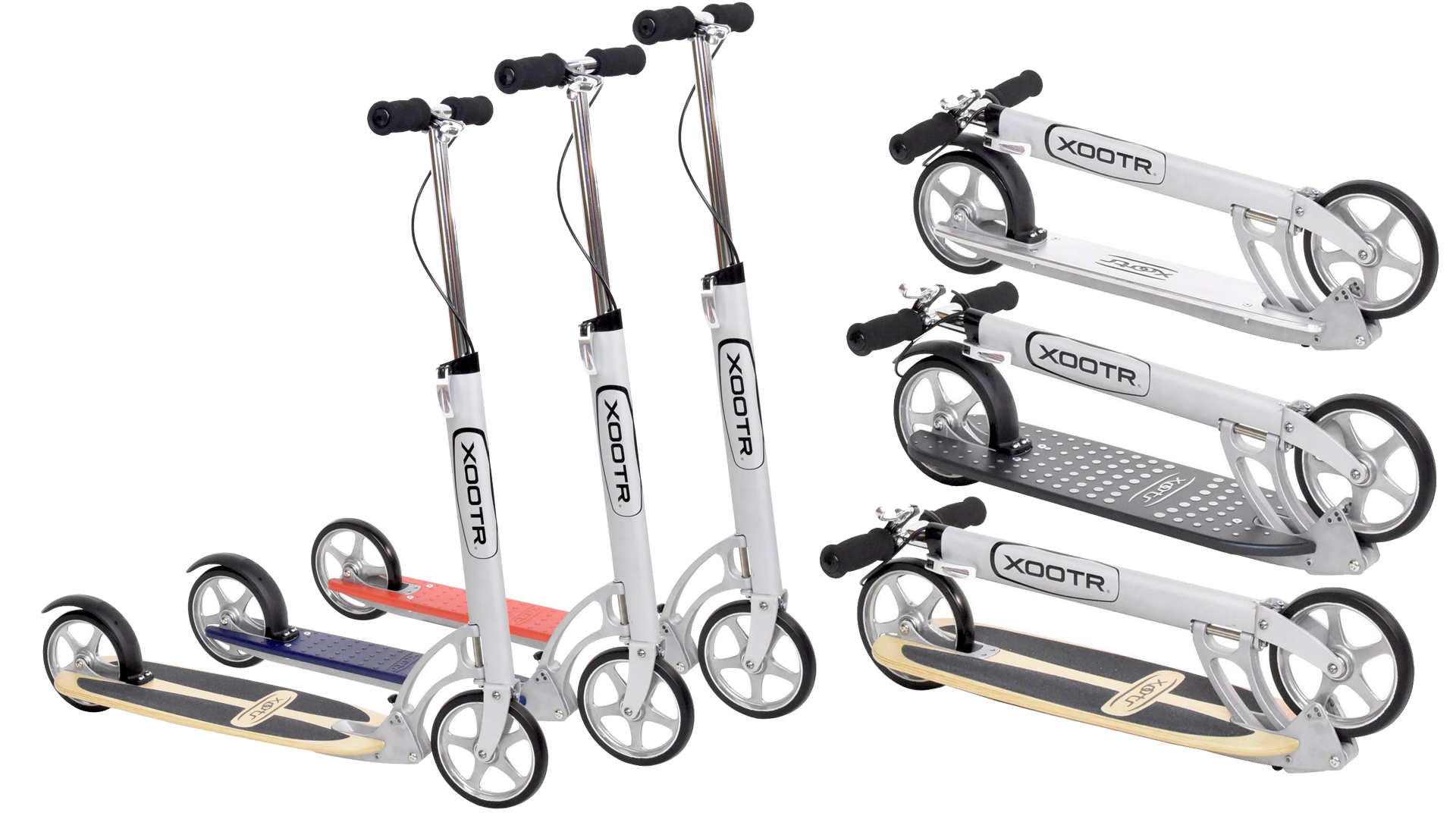



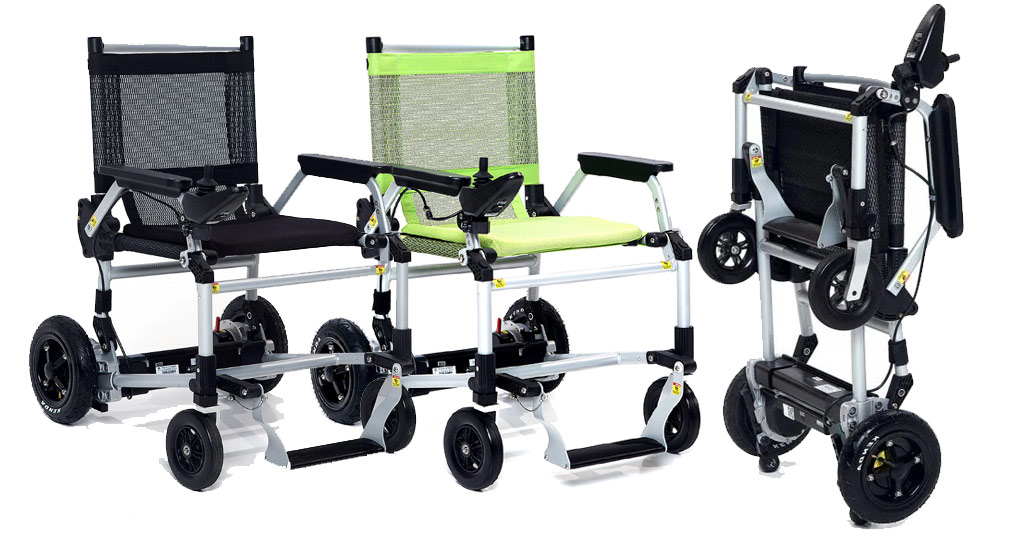
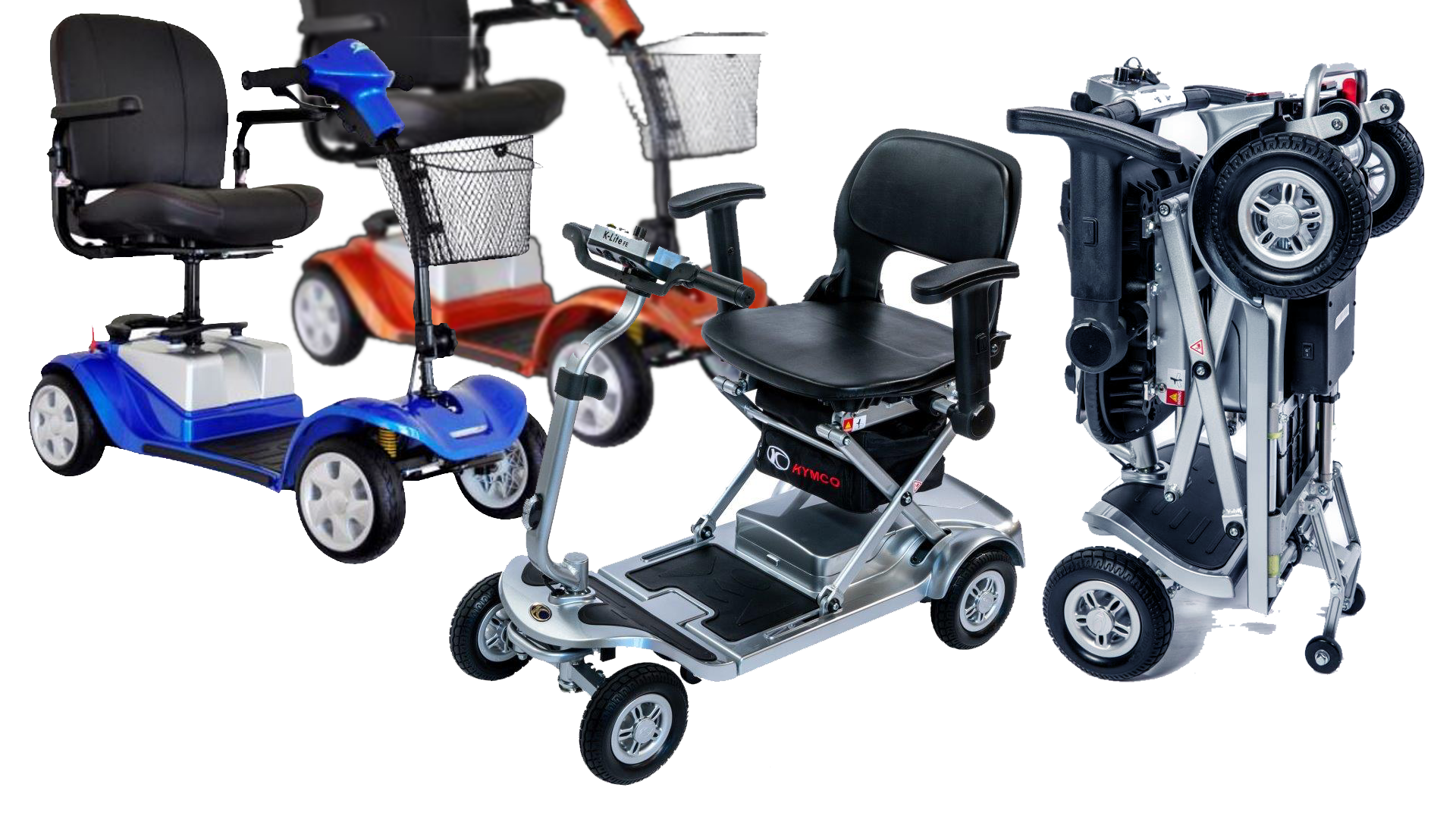
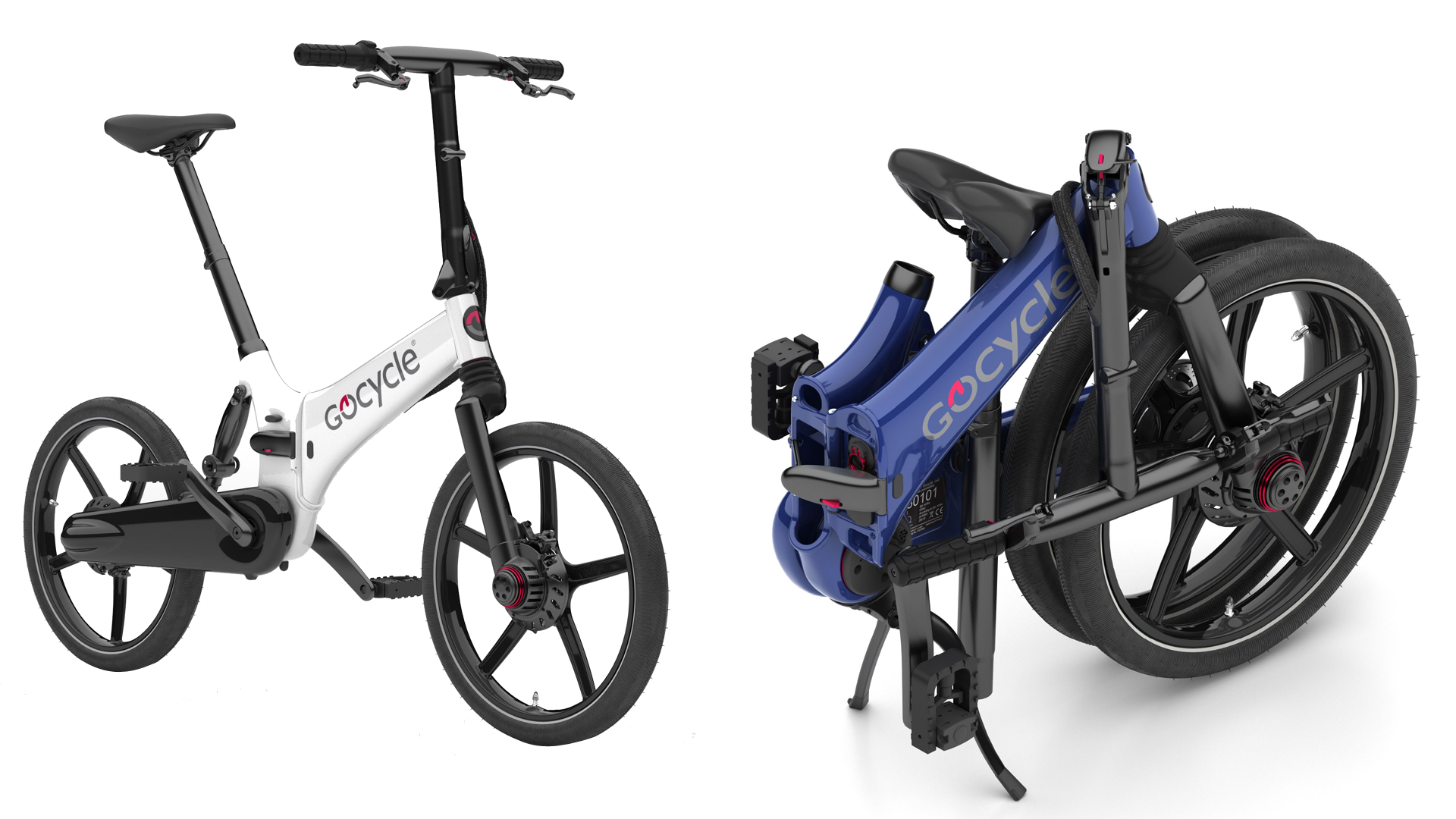
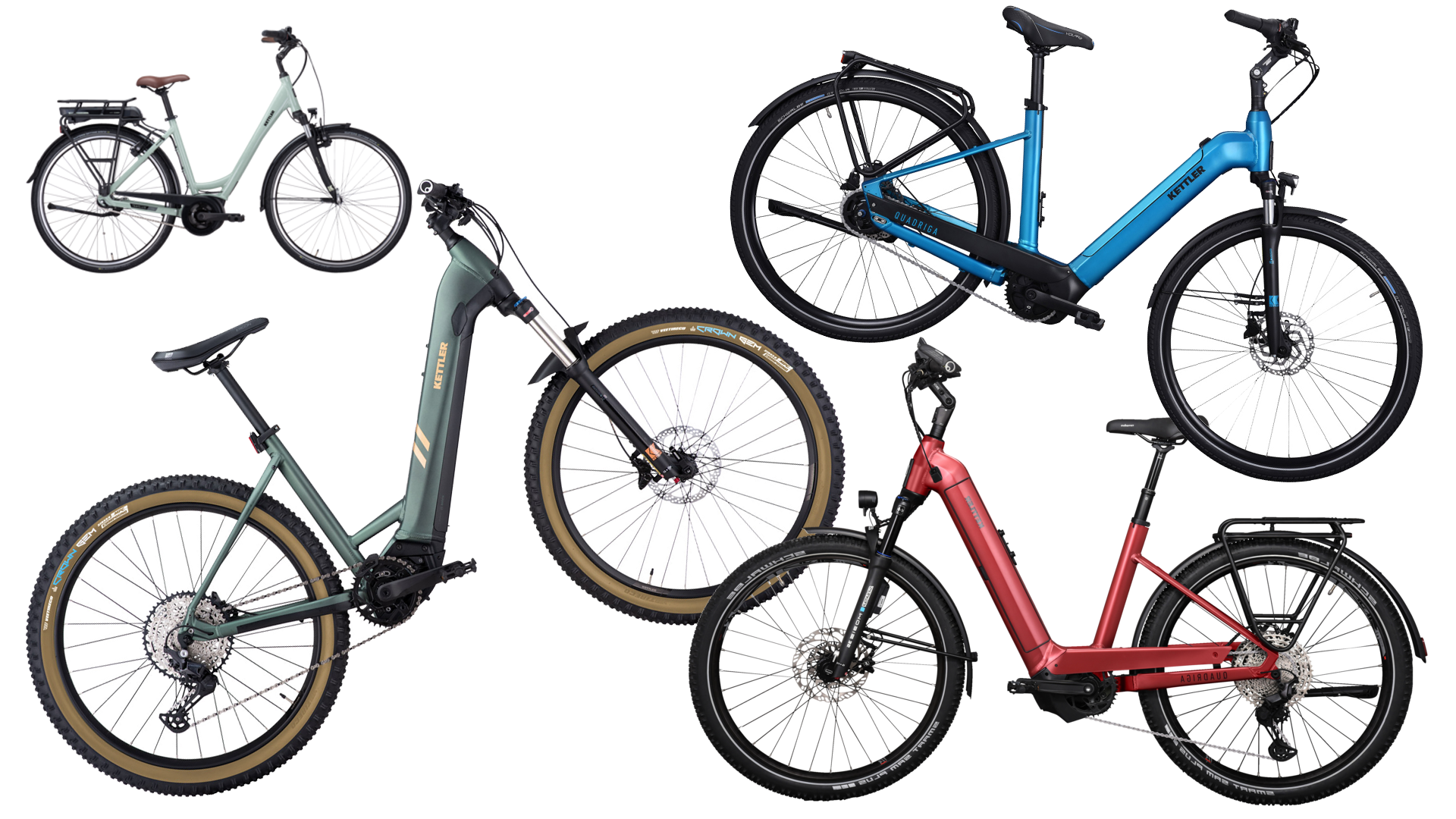
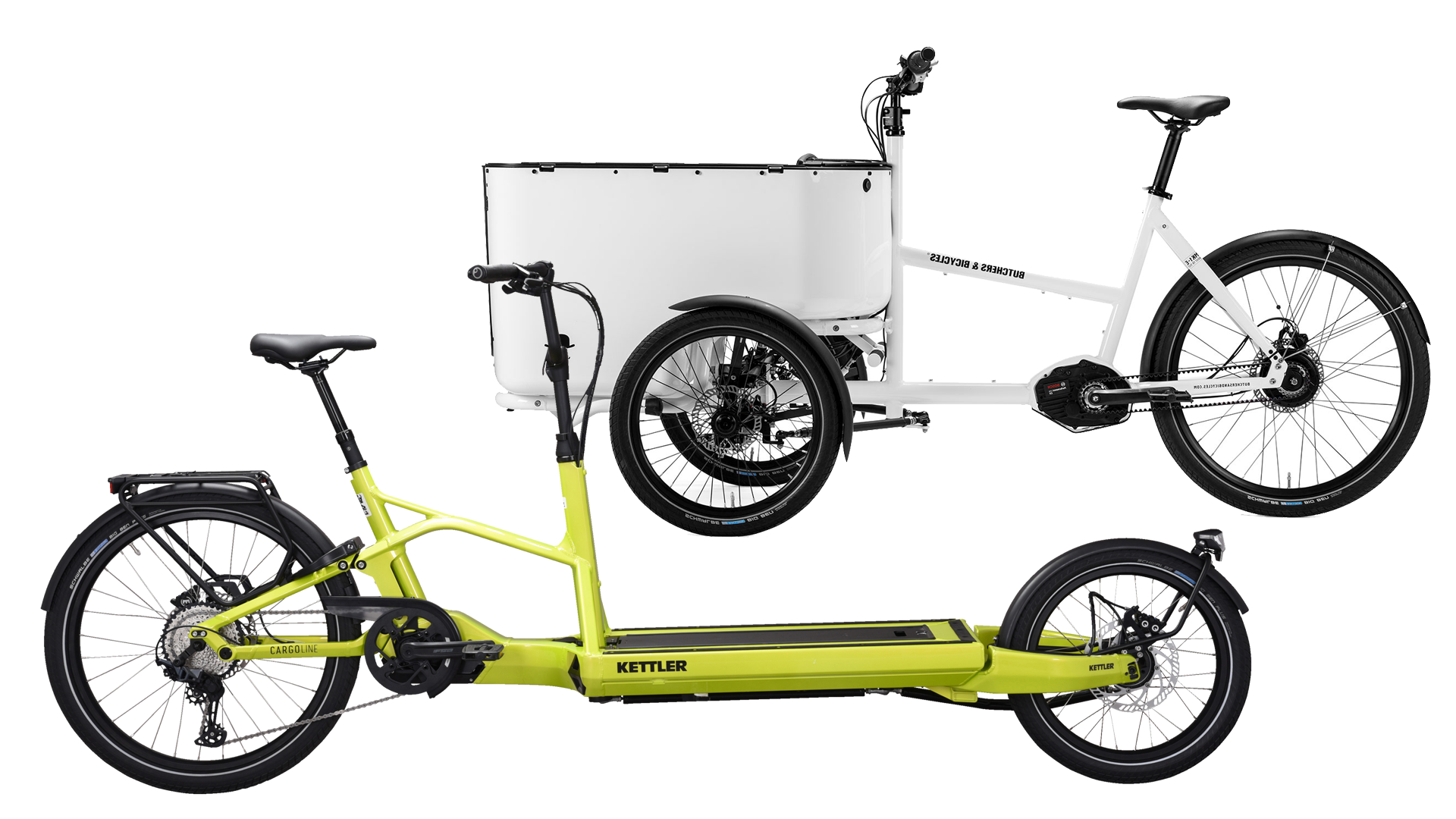
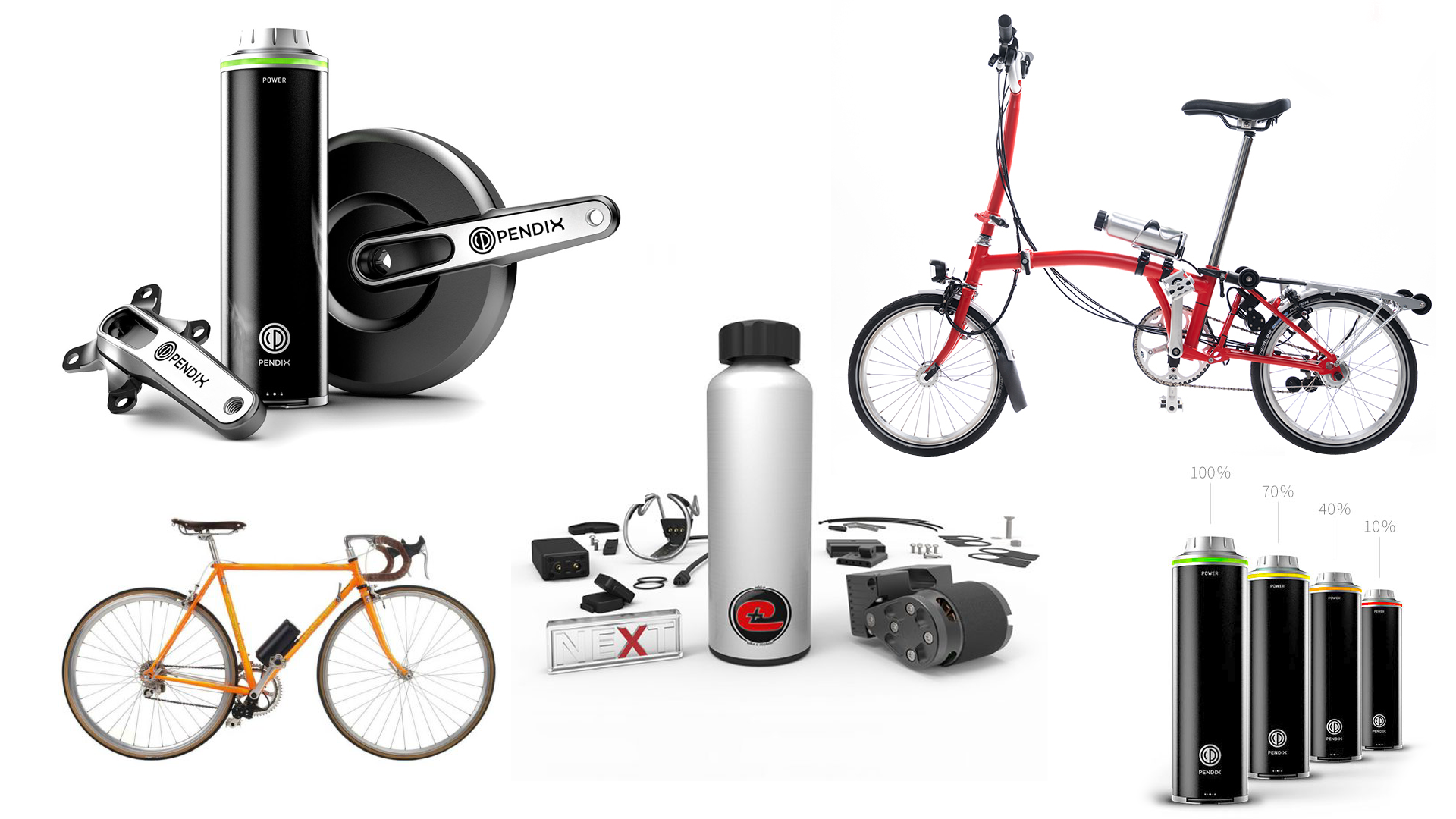
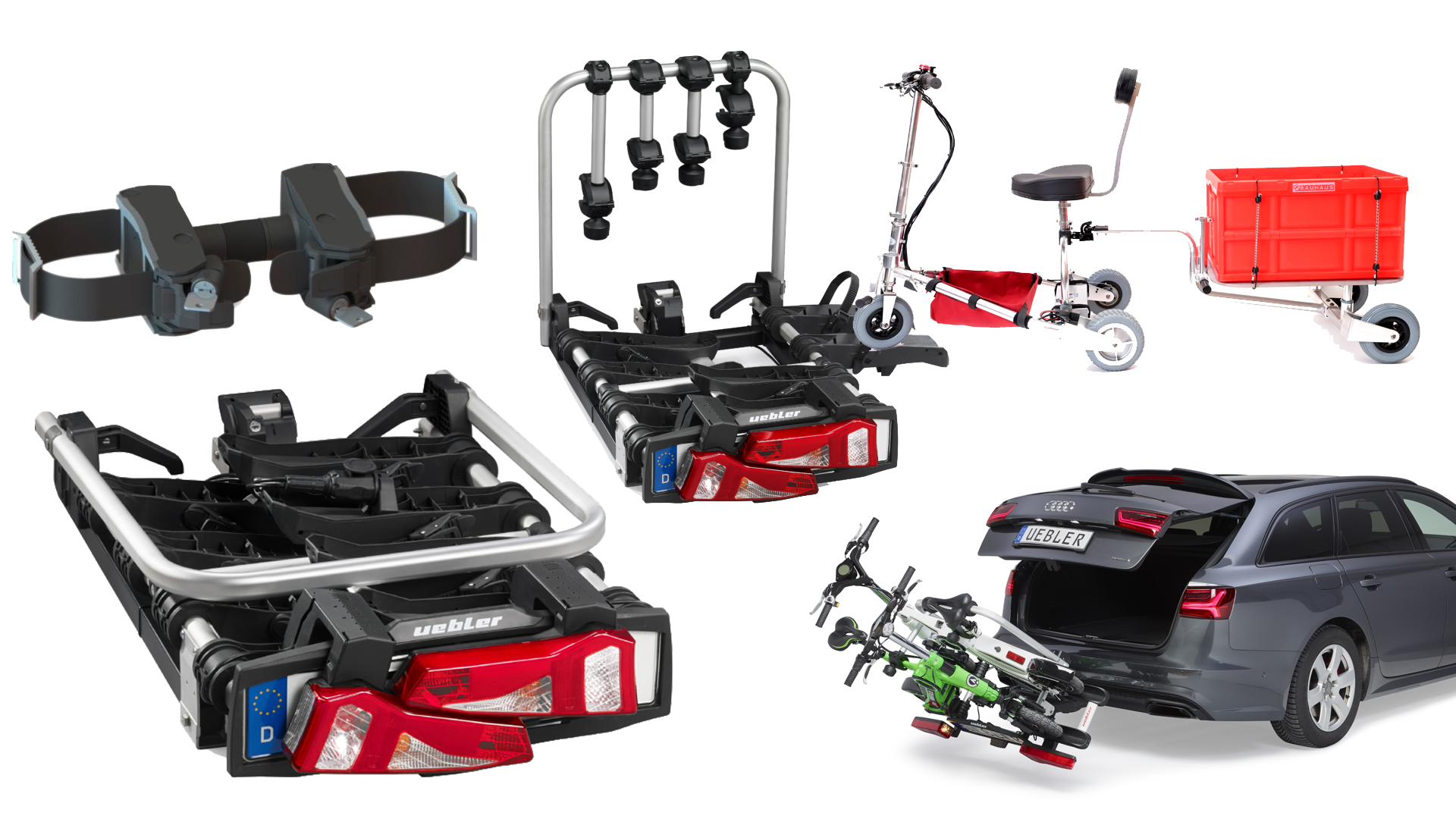

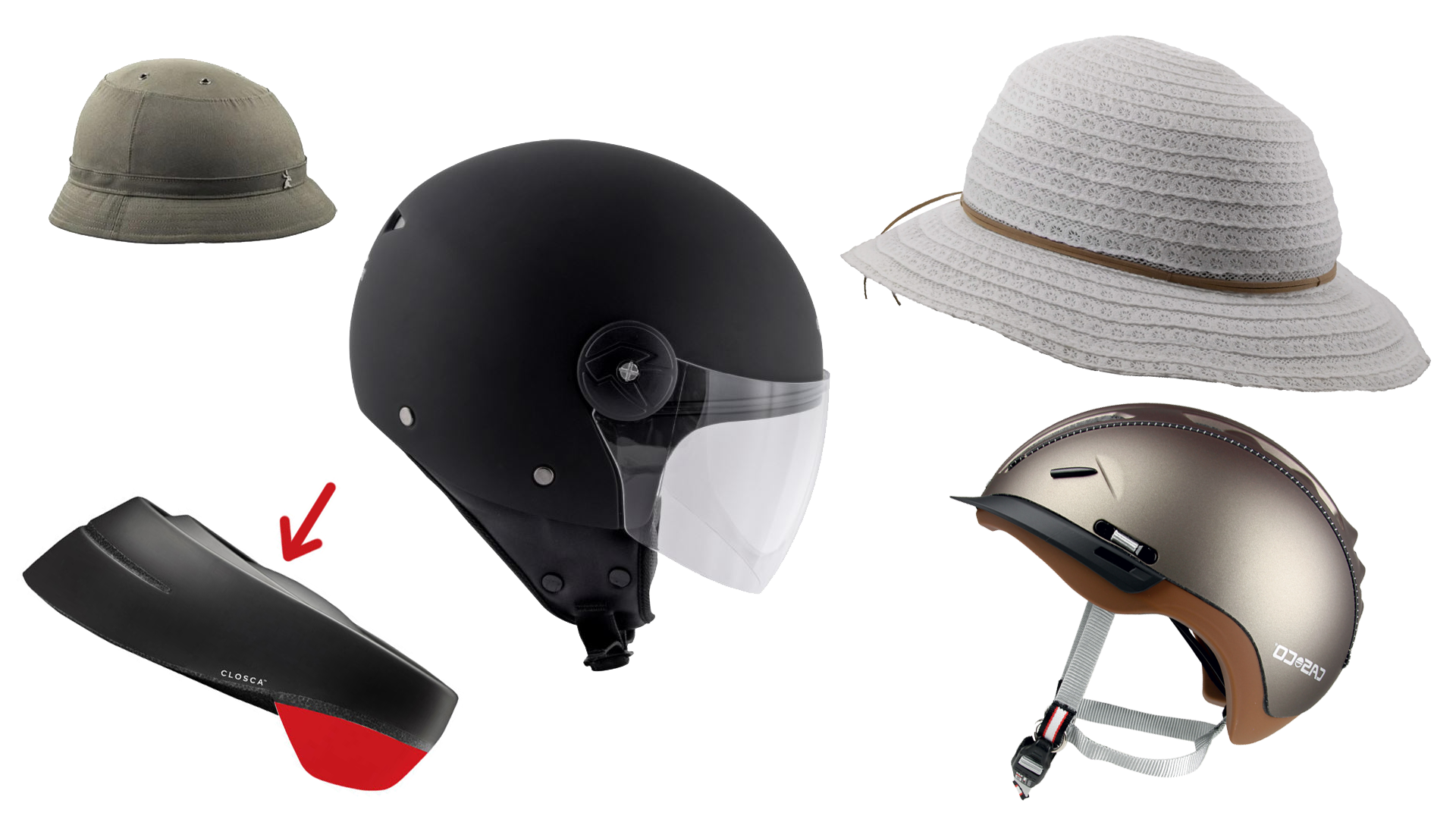

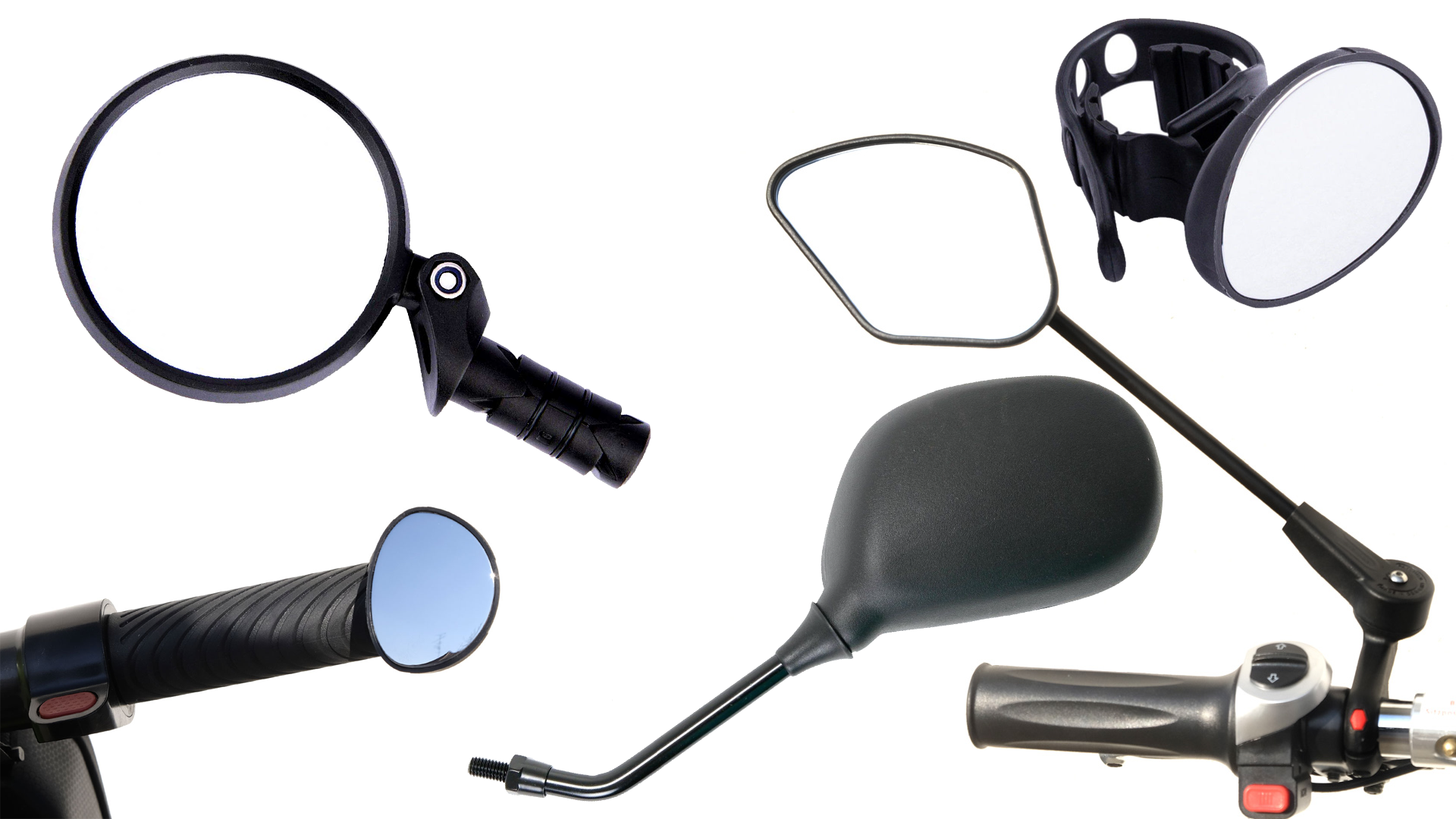
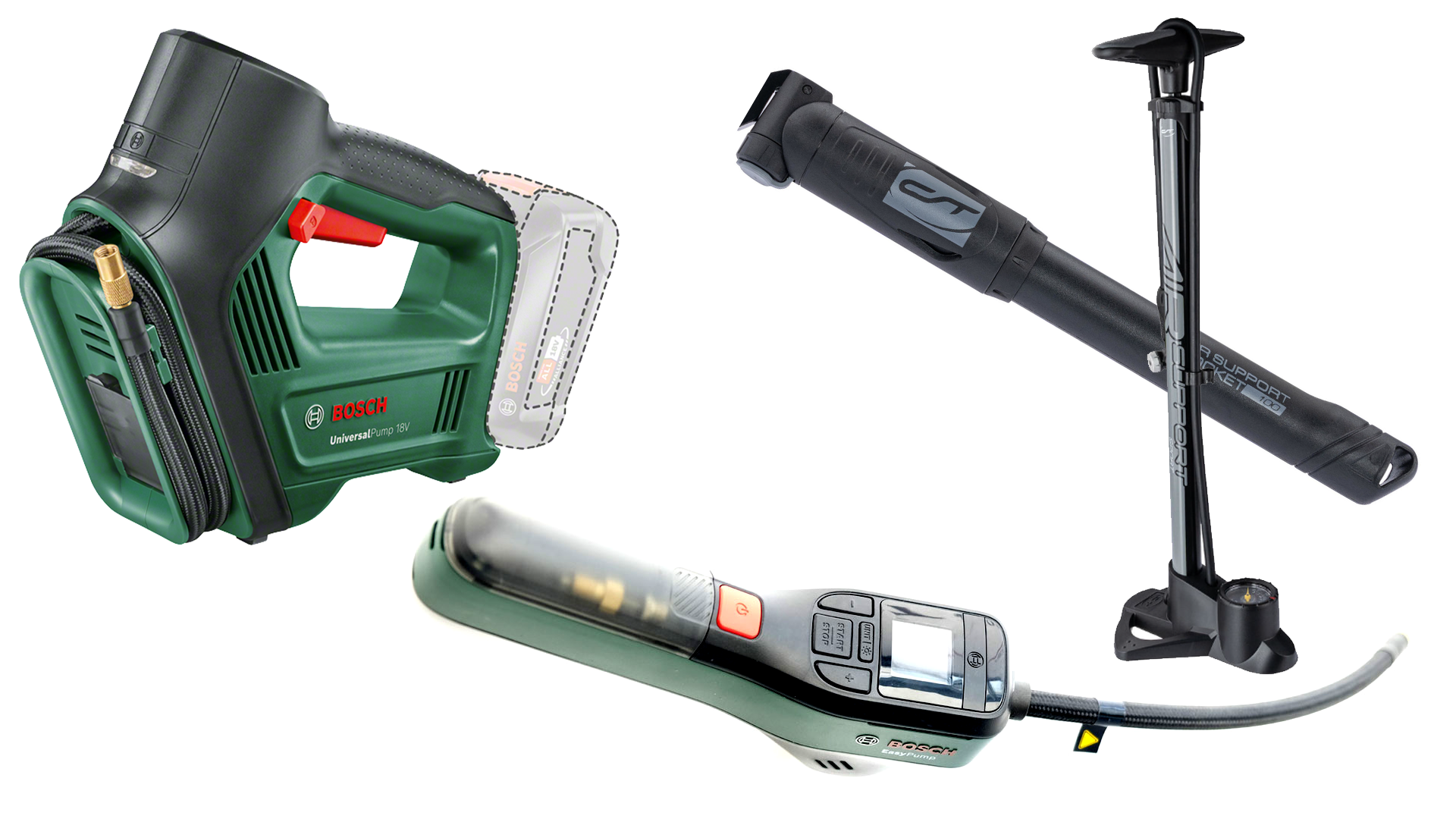
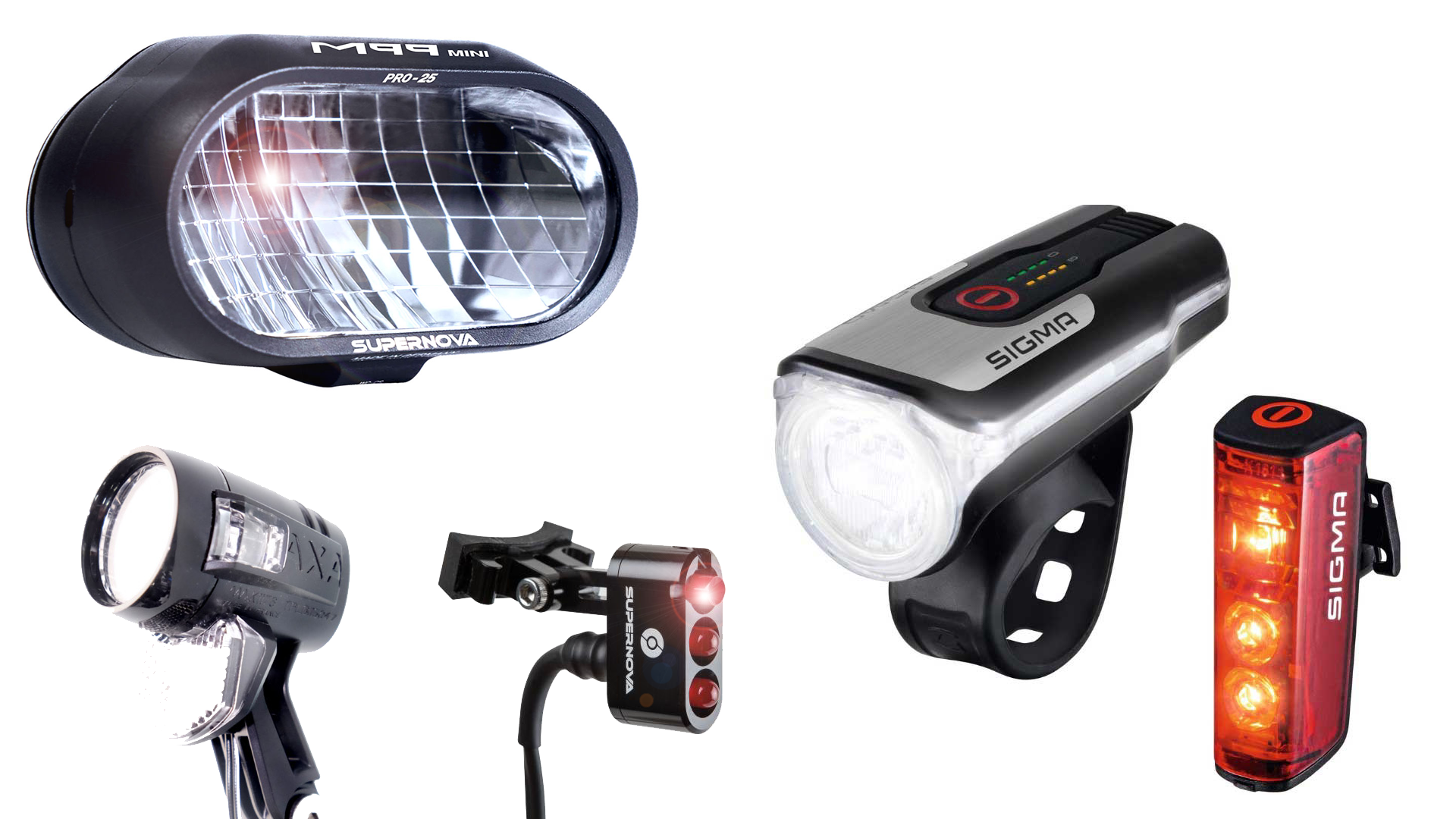
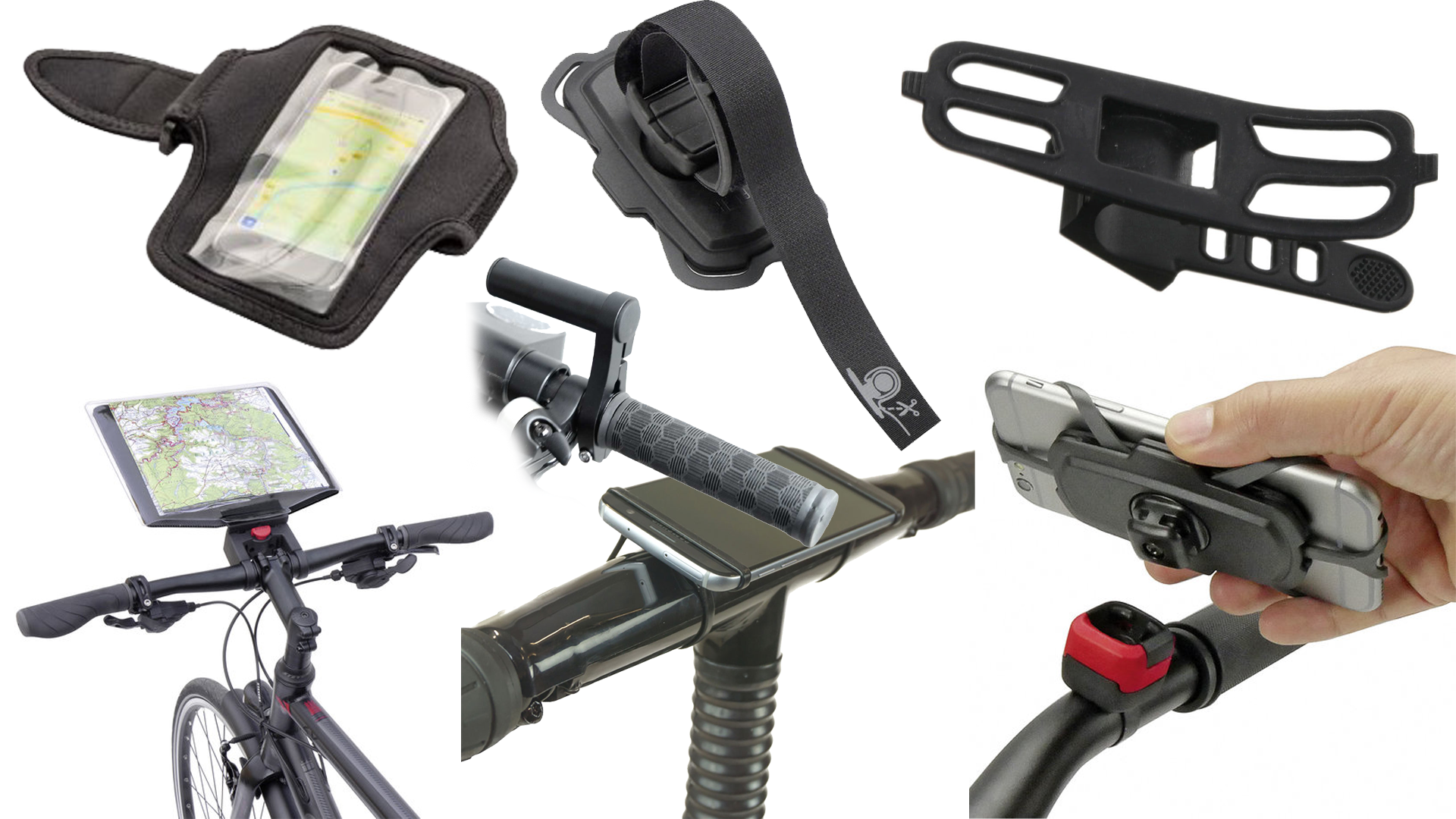
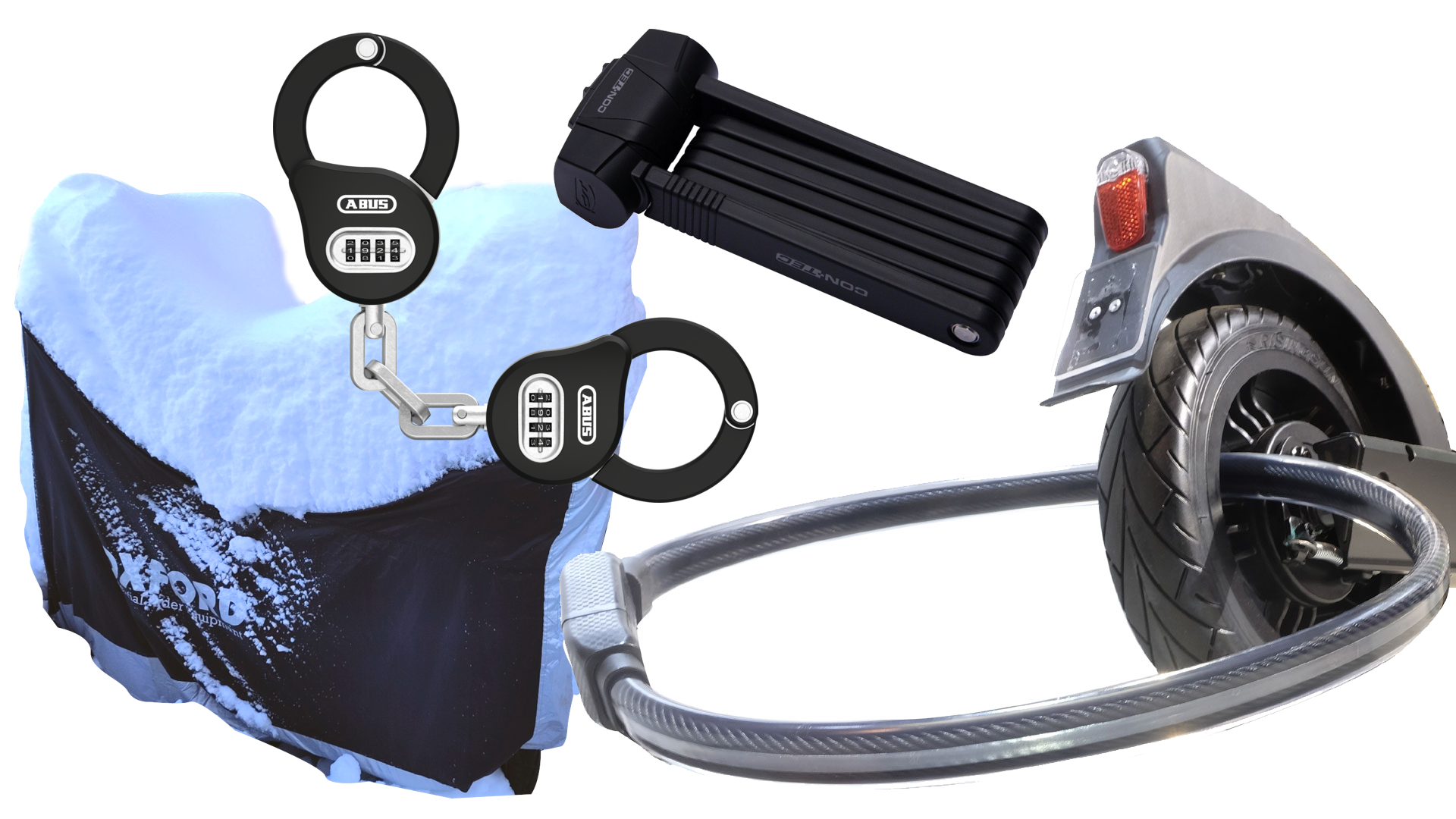
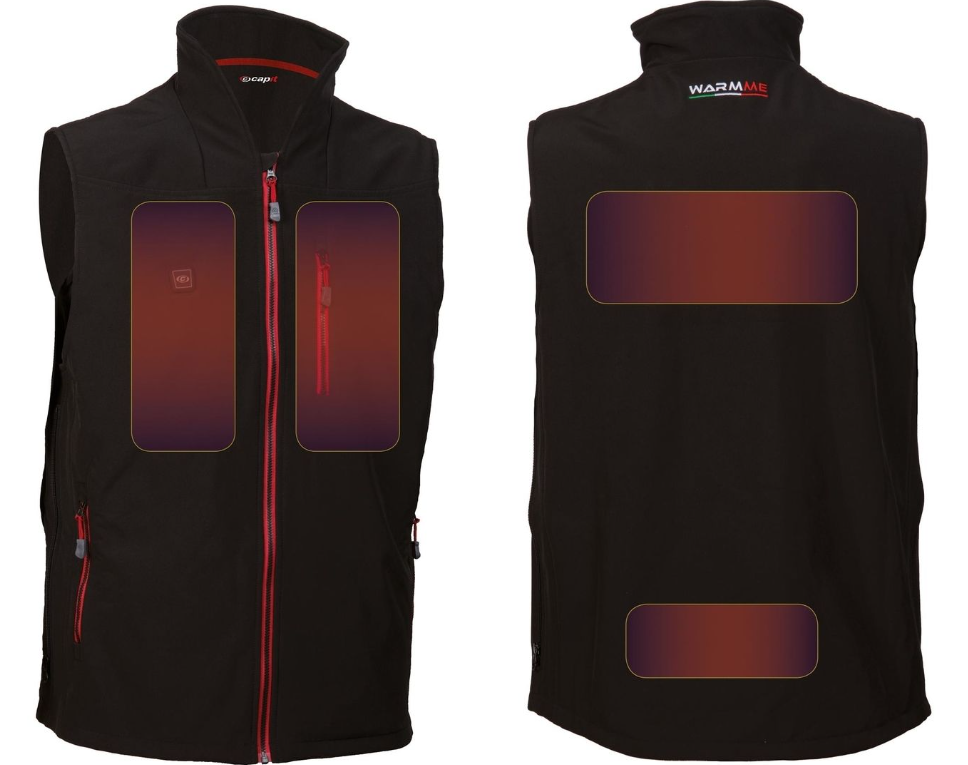
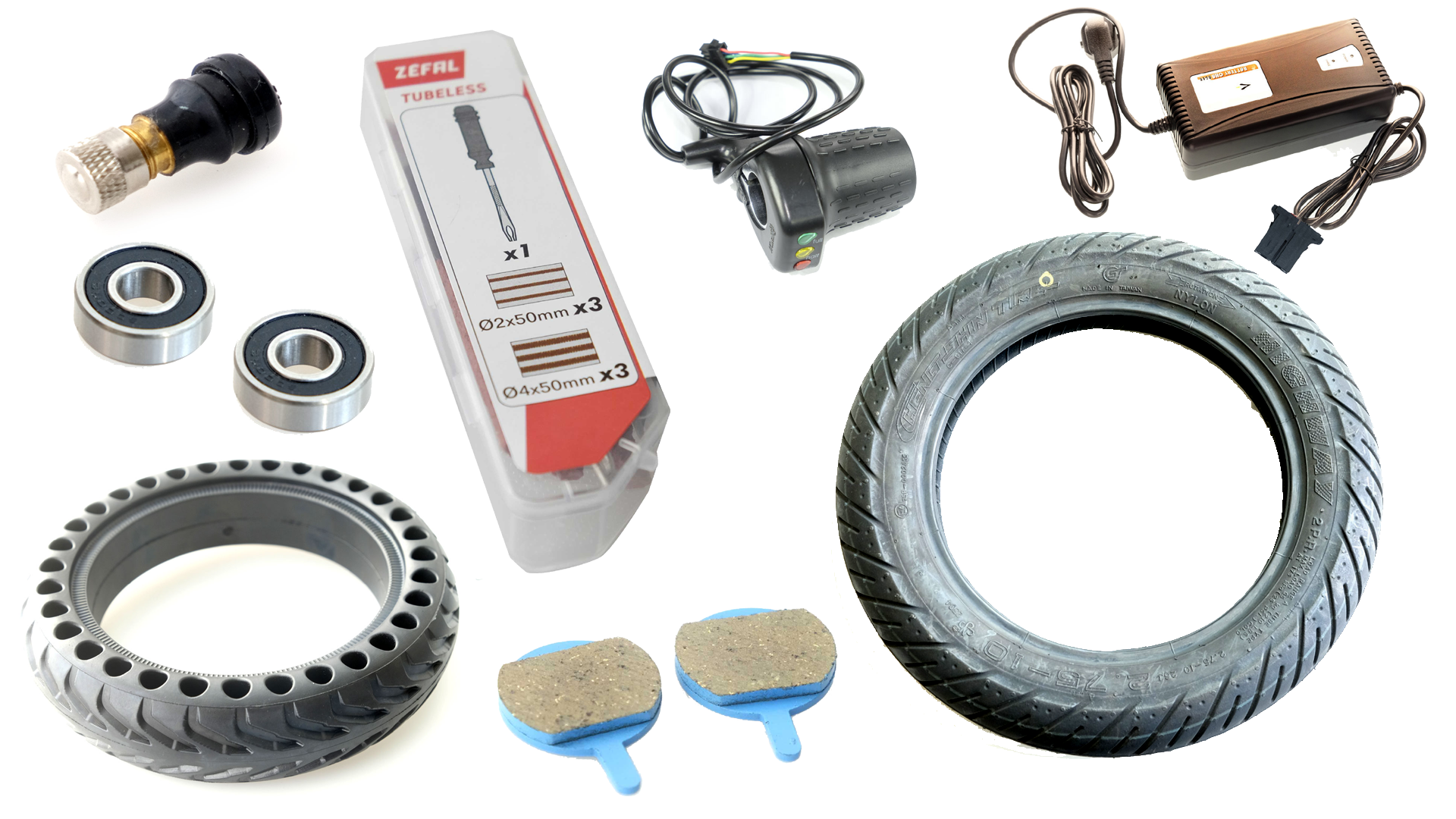
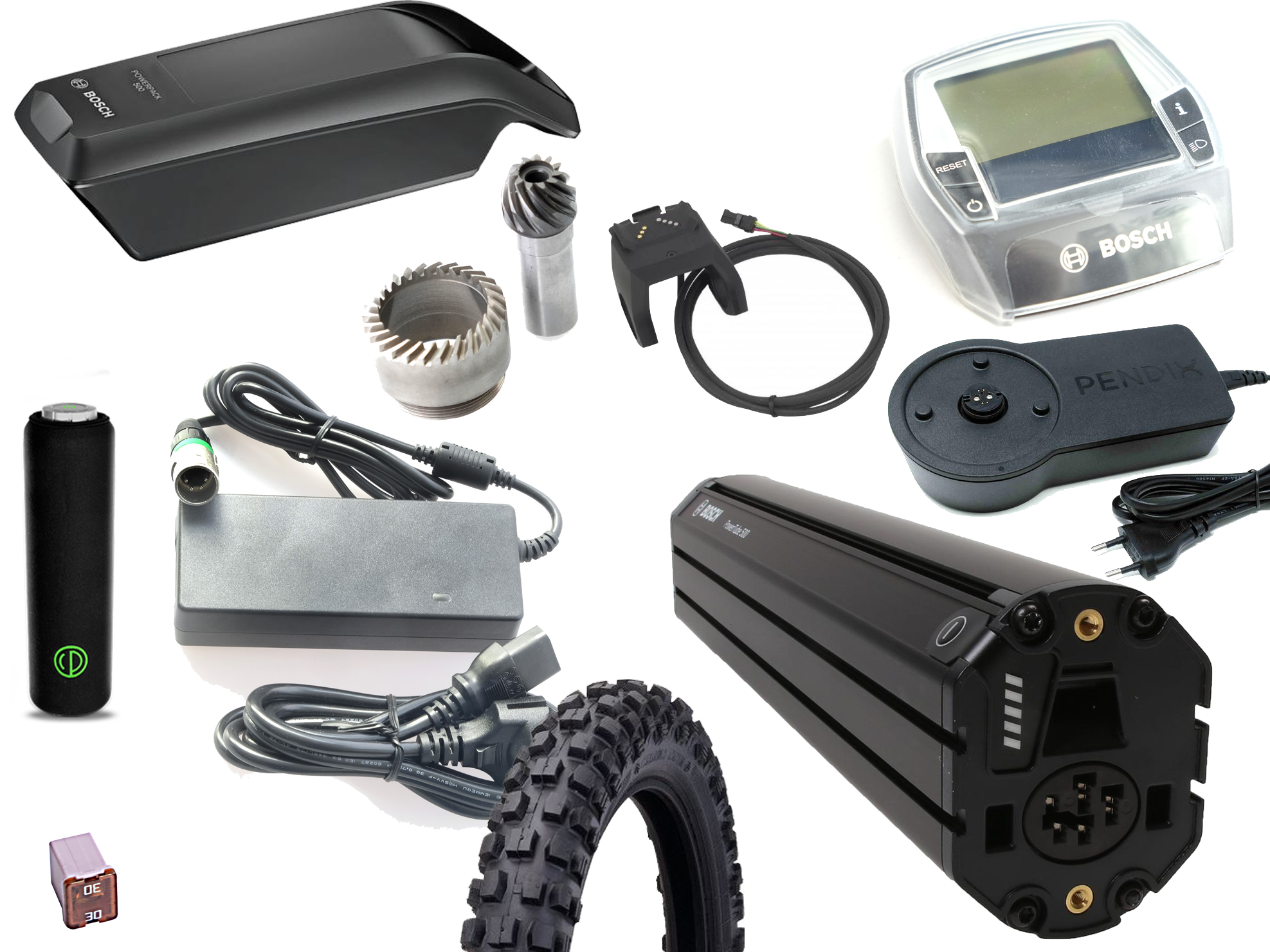
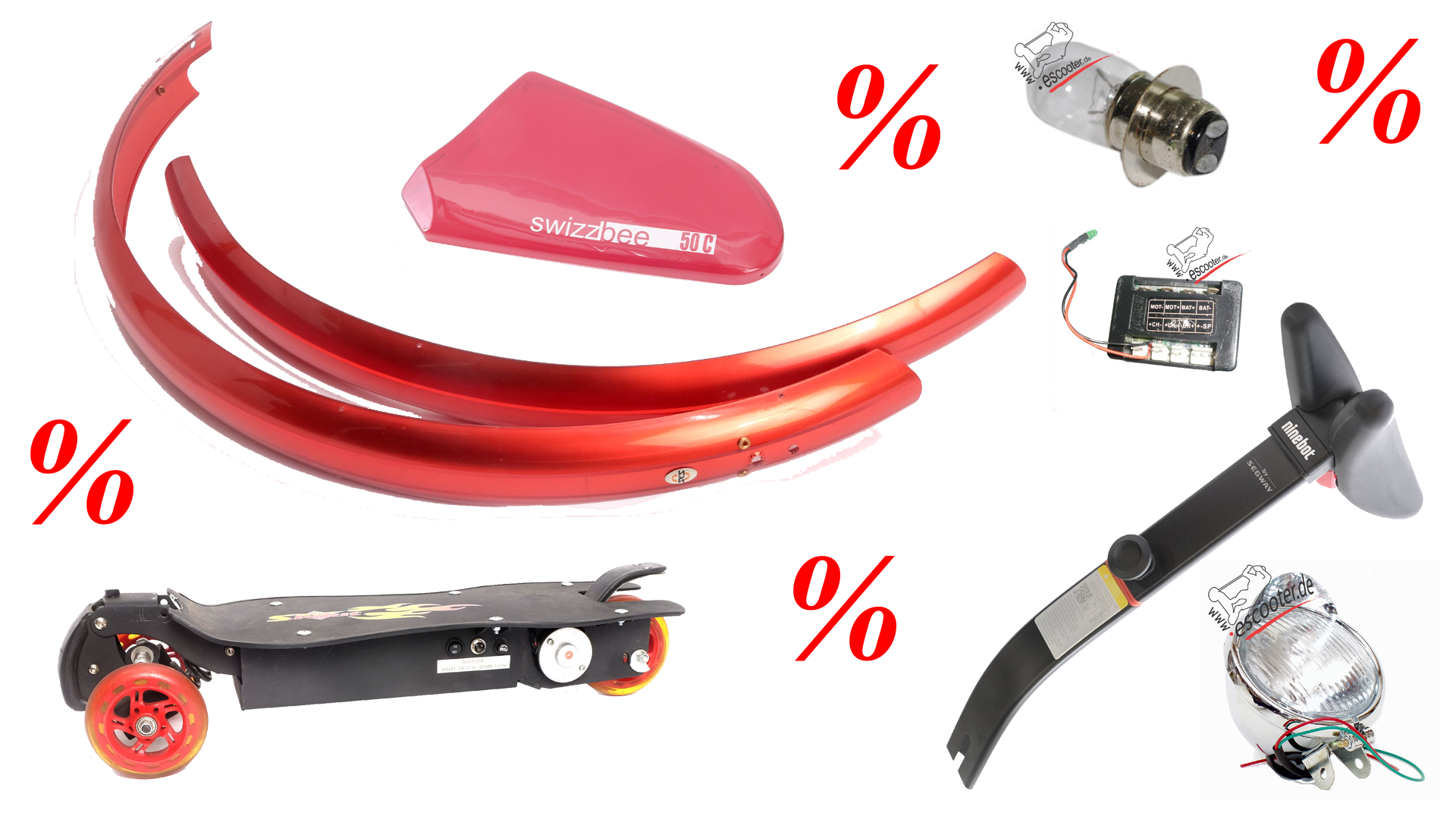
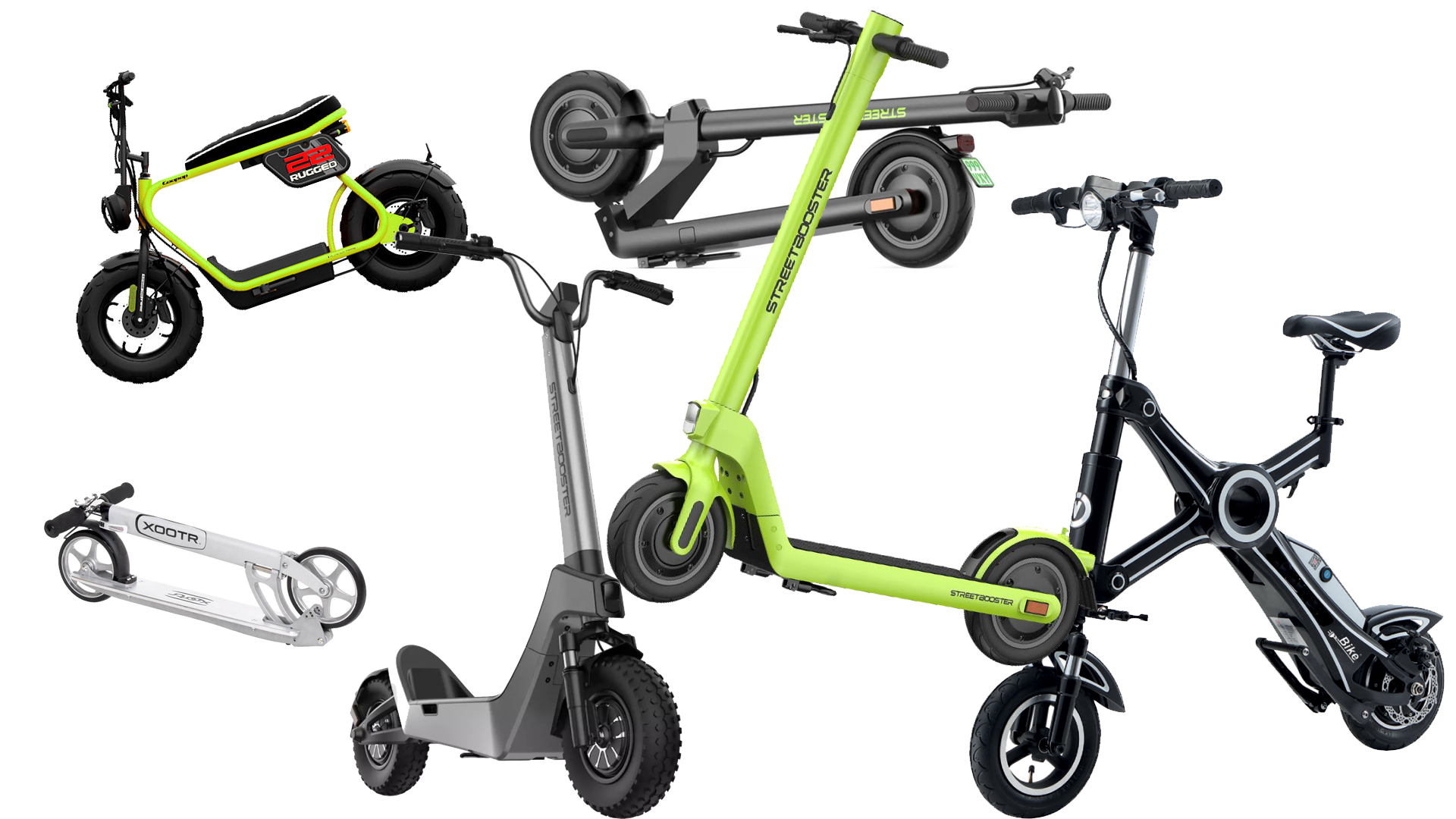 eSCOOTER
eSCOOTER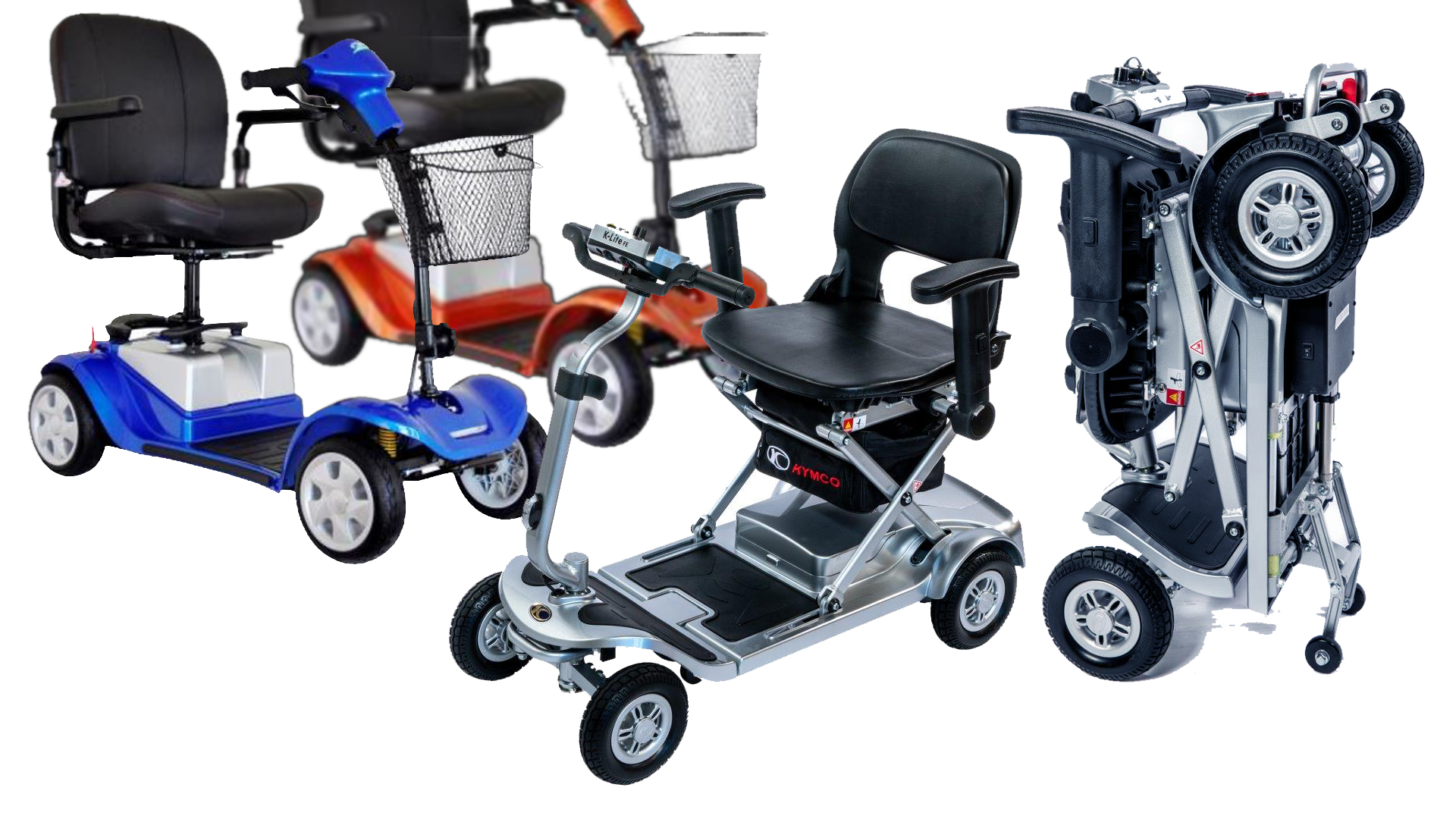 eMOBILES
eMOBILES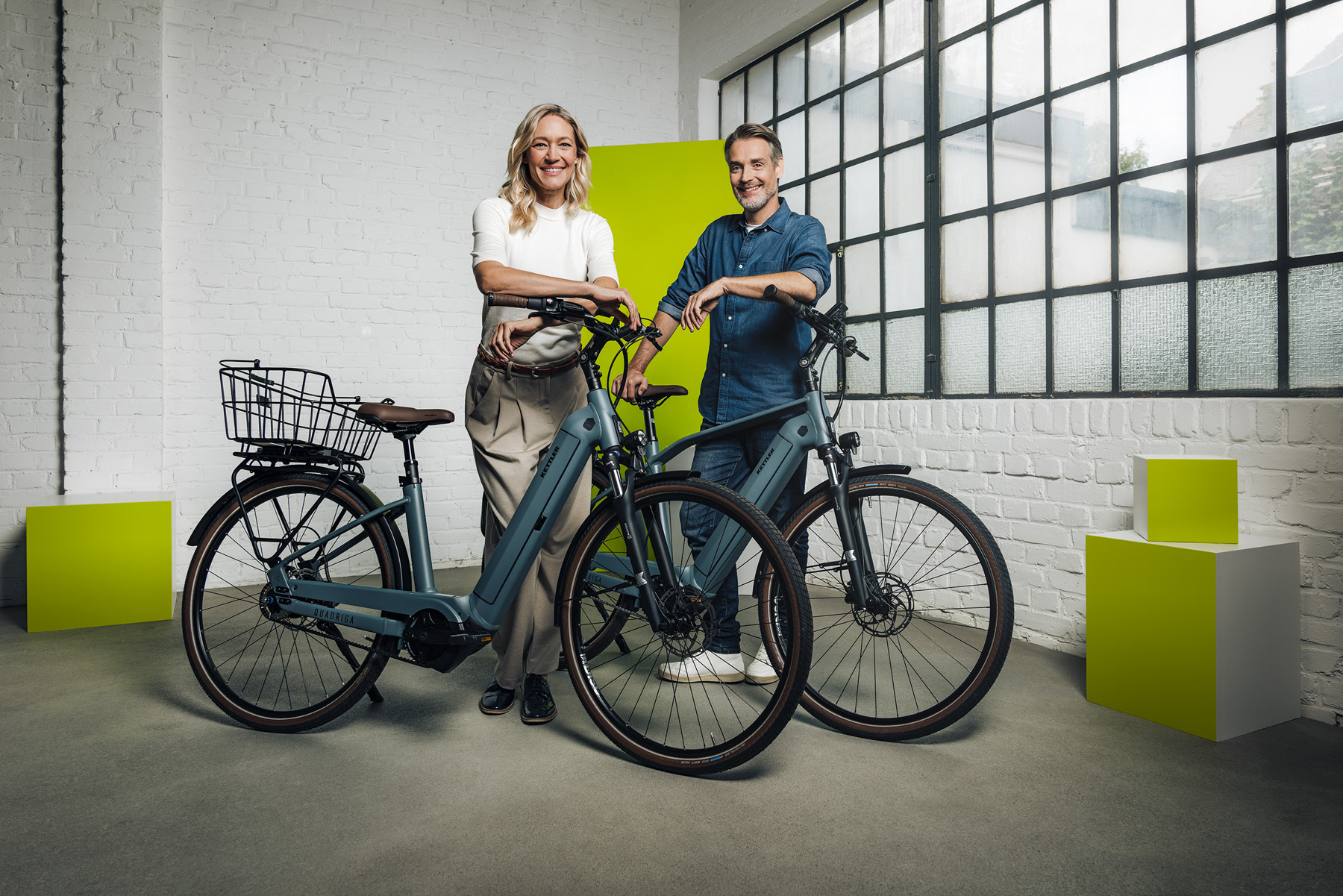 eBIKES
eBIKES eRENTAL
eRENTAL eSERVICES
eSERVICES